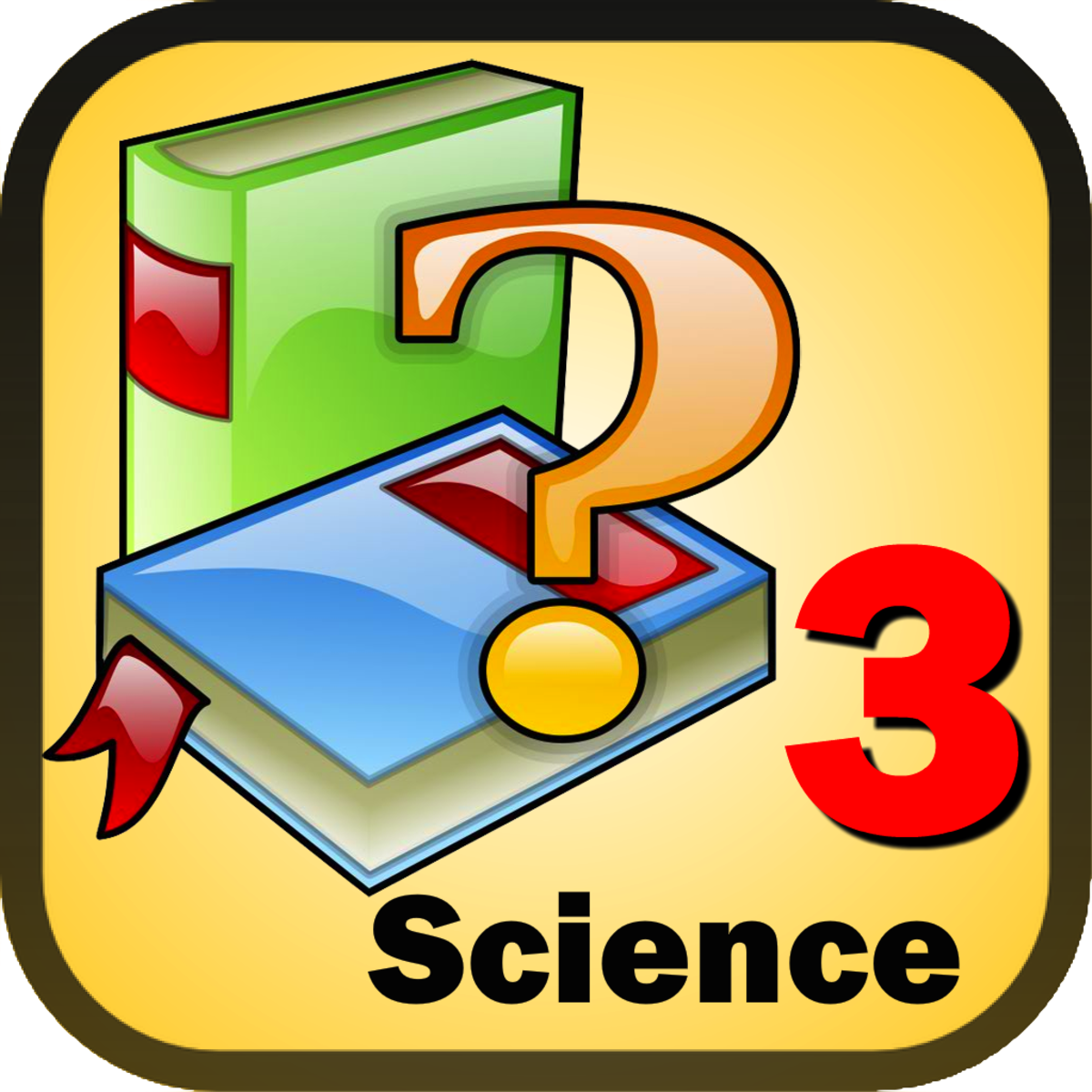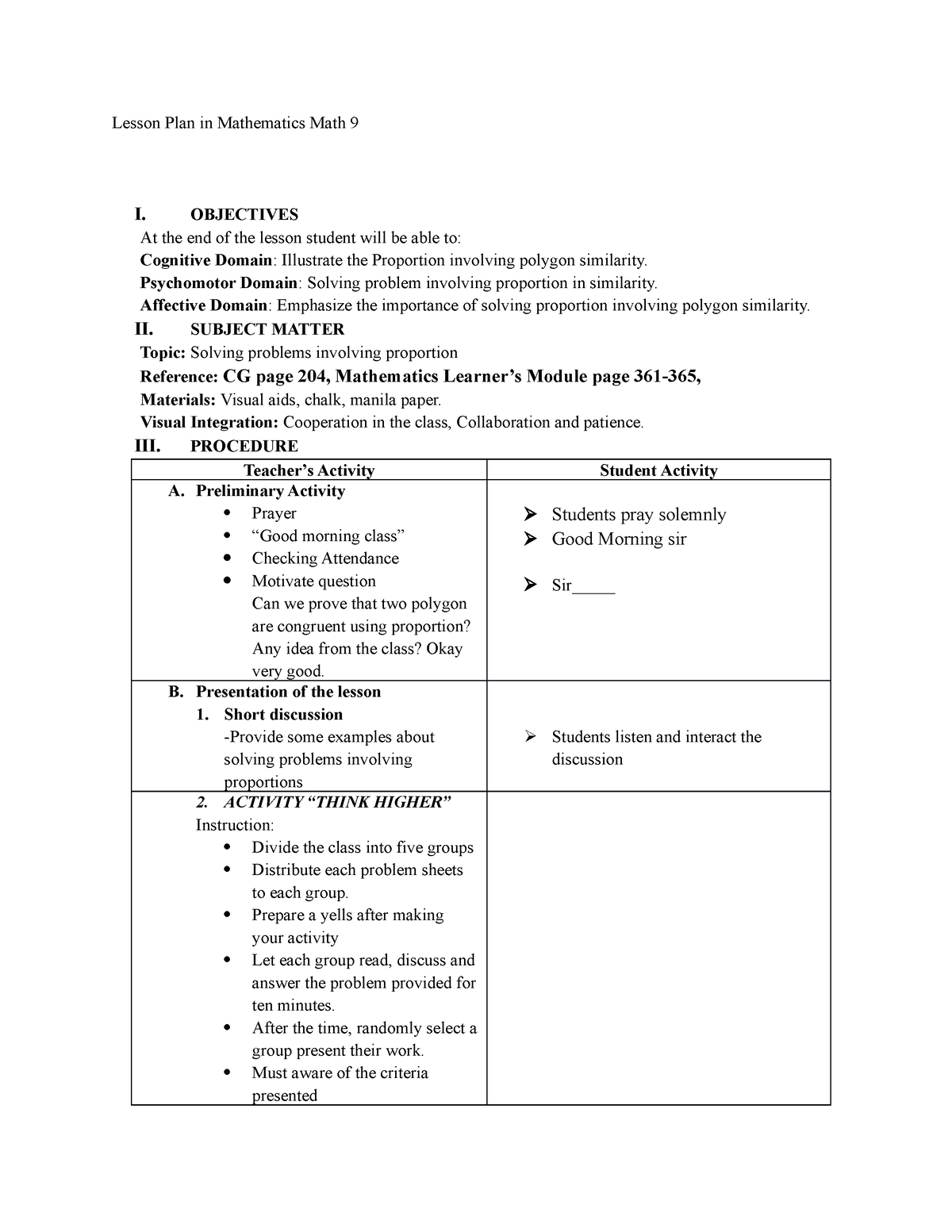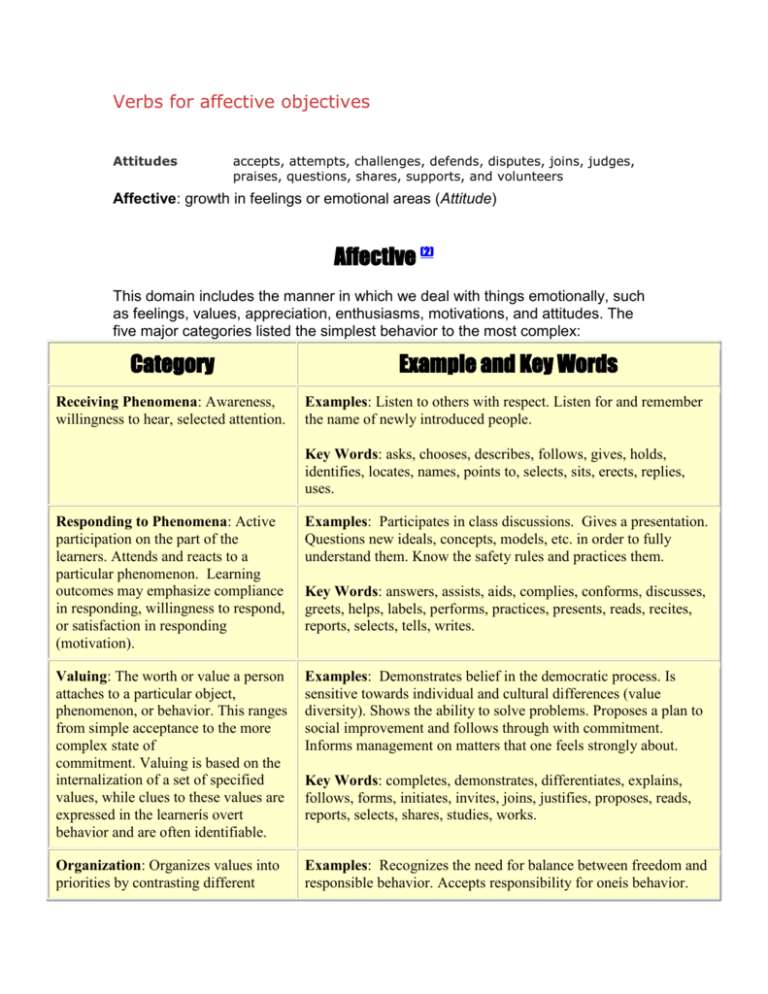Example Of Cognitive Affective And Psychomotor Objectives In Lesson Plan Web Sep 5 2023 nbsp 0183 32 This example is specific realistic measurable and identifies a time frame For more SMART Goals for students visit our detailed list of SMART goals Conclusion Behavioral objectives refer to defining specific learning outcomes in terms of cognitive affective and psychomotor skills
Web The affective domain Krathwohl Bloom Masia 1973 includes the manner in which we deal with things emotionally such as feelings values appreciation enthusiasms motivations and attitudes The five major categories are listed from the simplest behavior to the most complex Category Examples Web Taxonomies of affective objectives and psychomotor objectives Although taxonomies related to affect or the feelings and emotions of students are used less commonly than cognitive taxonomies for planning instruction various educators have constructed them One of the most widely known was also published by colleagues of Benjamin Bloom and
Example Of Cognitive Affective And Psychomotor Objectives In Lesson Plan
 Example Of Cognitive Affective And Psychomotor Objectives In Lesson Plan
Example Of Cognitive Affective And Psychomotor Objectives In Lesson Plan
http://gosiapytel83.net/wp-content/uploads/2020/03/tax_blooms_1956.png
Web Creating Learning Outcomes A learning outcome is a concise description of what students will learn and how that learning will be assessed Having clearly articulated learning outcomes can make designing a course assessing student learning progress and facilitating learning activities easier and more effective
Templates are pre-designed files or files that can be used for different purposes. They can conserve time and effort by supplying a ready-made format and design for developing various type of content. Templates can be used for individual or expert projects, such as resumes, invitations, leaflets, newsletters, reports, presentations, and more.
Example Of Cognitive Affective And Psychomotor Objectives In Lesson Plan

PDF The Cognitive And Affective Domain In Assessing The Life Long

Bloom s Taxonomy Affective Domain Google Search Learning Process

Client Education Moodle

SEE 19 Lesson Planning Final Paper For Mid Terms Lesson Planning

KSA Verbs VERB LIST FOR WRITING EDUCATIONAL OBJECTIVES Cognitive

Sample Of Psychomotor Objectives In Lesson Plan Get Images

https://thesecondprinciple.com/instructional-design/threedomainsoflearning
Web There are three main domains of learning and all teachers should know about them and use them to construct lessons These domains of learning are the cognitive thinking the affective social emotional feeling and the psychomotor physical kinesthetic domain and each one of these has a taxonomy associated with it

https://www.unthsc.edu/center-for-innovative...
Web VERBS TO BE AVOIDED WHEN WRITING OBJECTIVES appreciate be acquainted with be aware of be familiar with believe comprehend enjoy fully appreciate grasp the significance of have faith in know learn really understand realize remember sympathize with understand CHECKLIST QUESTIONS FOR WRITING LEARNING OBJECTIVES

https://educationaltechnology.net/using-blooms...
Web Apr 24 2019 nbsp 0183 32 Bloom states that learning occurs in three different learning domains Cognitive Affective and Psychomotor Cognitive domain learning refers to the student s ability to think and use their brain power Psychomotor domain learning refers to a student s physical ability to use an instrument or tool Affective domain learning refers to the

https://www.linkedin.com/advice/0/how-do-you-differentiate-between-cognitive
Web Feb 20 2024 nbsp 0183 32 1 Cognitive domain 2 Affective domain 3 Psychomotor domain Be the first to add your personal experience 4 Bloom s taxonomy Be the first to add your personal experience 5 SMART criteria Be the

https://www.simplypsychology.org/blooms-taxonomy.html
Web Feb 1 2024 nbsp 0183 32 The three lists cover the learning objectives in cognitive affective and sensory domains namely thinking skills emotional responses and physical skills Key Takeaways
Web COGNITIVE PSYCHOMOTOR AFFECTIVE The COGNITIVE DOMAIN involves knowledge of information facts and concepts and the ability to apply analyze synthesize and evaluate It is the area that is most focused on in these days of basic skills proficiency testing and exit exams This COGNITIVE DOMAIN focuses primarily on learned knowledge Web Summary of the revised version of Bloom s Taxonomy with verbs for writing learning objectives at all levels of the cognitive affective and psychomotor domains Revised Bloom s Taxonomy and verbs all domains Teaching amp Learning Resource Hub
Web Jan 1 2017 nbsp 0183 32 These potential CURE learning outcomes span the three domains of learning Hoque 2016 1 cognitive knowledge 2 psychomotor behavioral skills and 3 affective attitudes social